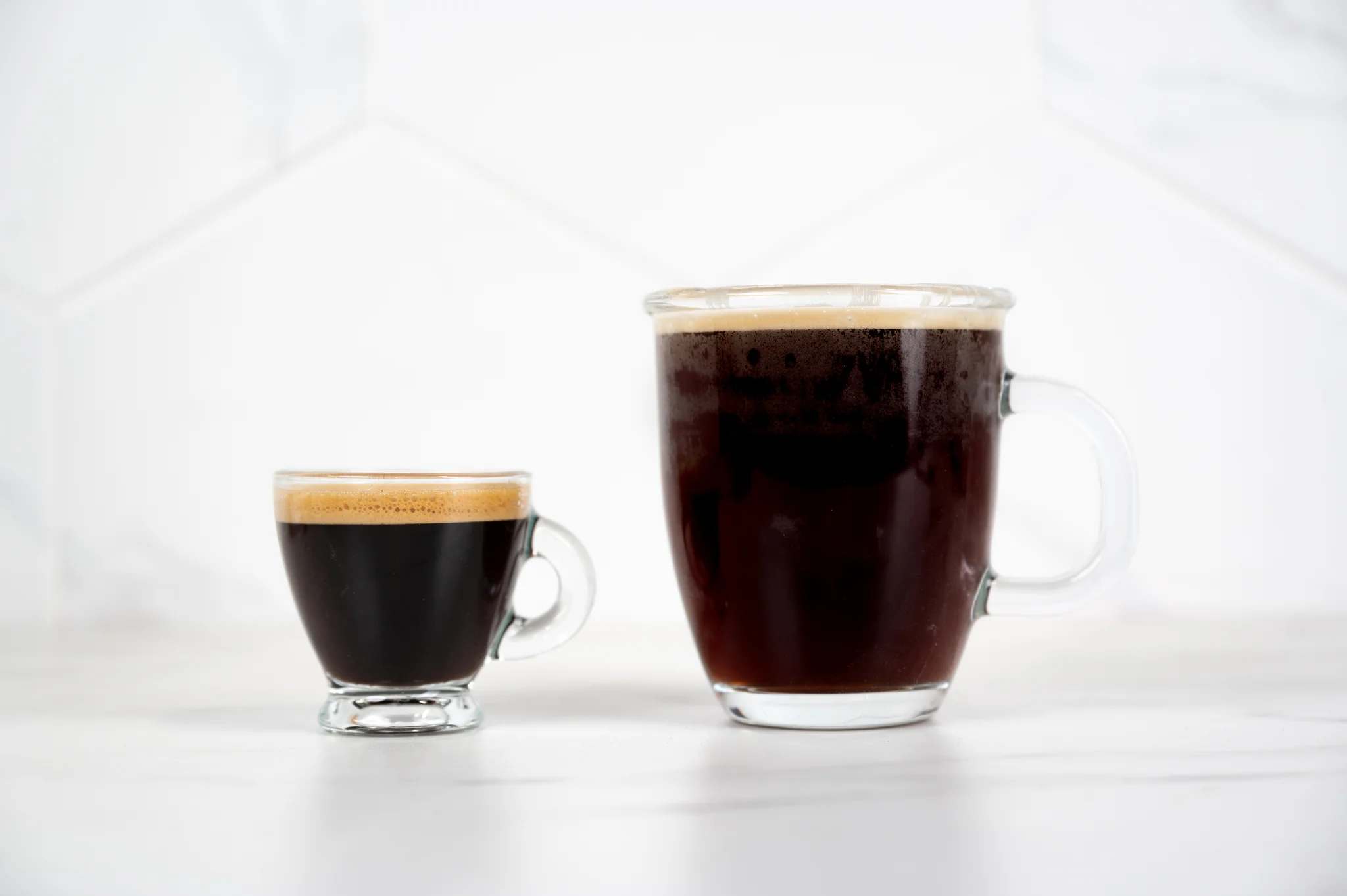When it comes to coffee, the world brews in different languages, and two of the most distinct styles are kopi and espresso. Though both are strong, bold, and caffeinated, these two coffee traditions couldn’t be more different in terms of culture, preparation, and flavour.
Let’s take a closer look at what makes kopi and espresso unique, and why each holds a special place in the hearts (and cups) of coffee lovers.
What Is Kopi?
Kopi is the traditional coffee of Singapore and Malaysia, served in hawker centres and kopitiams (local coffee shops). It’s made with robusta coffee beans that are roasted with margarine and sugar, giving the brew a toasty, slightly caramelised flavor.
The coffee is then brewed using a sock-like cloth filter—a method known as the “sock brew” or “kopi sock”—and served with sweetened condensed milk, evaporated milk, or sugar, depending on how you order it.
Popular kopi variants include:
- Kopi: With condensed milk Kopi O: Black with sugar
- Kopi C: With evaporated milk and sugar
- Kopi Kosong: Black with no sugar or milk
It’s a drink rooted in tradition and community, often enjoyed over a leisurely breakfast with kaya toast and soft-boiled eggs.
What Is Espresso?
Espresso is the star of the show in much of Europe, especially Italy. It’s all about precision and intensity—high pressure, finely ground beans, and a short extraction time that delivers a small but mighty shot full of rich flavour and crema.
Espresso has become the backbone of modern café culture, forming the base for lattes, cappuccinos, macchiatos, and more. When done right, it’s a smooth, concentrated burst of flavor that can be sweet, bitter, nutty, or fruity, depending on the beans and roast.
It’s made by forcing hot water through finely ground coffee under high pressure (about 9 bars), resulting in a small but intense shot of coffee with a layer of golden crema on top.
Espresso is usually brewed from arabica beans, though robusta is sometimes blended in for extra crema and caffeine. It’s strong, complex, and often served solo in a demitasse cup (small coffee cups half the size of regular coffee cups), making it quick to drink but slow to forget.
| Feature | Kopi | Espresso |
|---|---|---|
| Origin | Singapore/Malaysia | Italy |
| Beans | Robusta (dark roasted) | Arabica or blends |
| Roasting Style | Roasted with margarine & sugar | Traditional drum-roasted |
| Brewing Method | Sock filter, gravity drip | High-pressure espresso machine |
| Serving Style | With condensed/evaporated milk | Usually served as a shot |
| Flavor | Toasty, sweet, robust | Bold, concentrated, complex |
| Caffeine | High (due to robusta beans) | Moderate to high (varies by shot) |
| Cultural Setting | Hawker centres, kopitiams | Cafés, espresso bars |
Trying both kopi and espresso is like tasting two different stories. Kopi is casual, comforting, and often a part of everyday life in Southeast Asia. It’s less about precision and more about routine, nostalgia, and warmth.
Espresso, in contrast, is refined, ritualistic, and crafted with exacting standards. It’s the heart of café culture in Europe and beyond, prized for its intense flavor and versatility.
One is rich with heritage and local flavor; the other is sleek, global, and barista-driven. And both are deeply beloved in their own right.
Which One Should You Try?
If you love sweet, strong coffee and enjoy a taste of tradition, kopi is a must. It’s perfect for slow mornings or when you want something comforting and nostalgic.
If you’re after bold flavor and a bit of caffeine science, espresso is your go-to. It’s ideal for quick shots of energy or as a base for your favorite café drinks.
Why not try both and see which you love more?


Leave a Reply